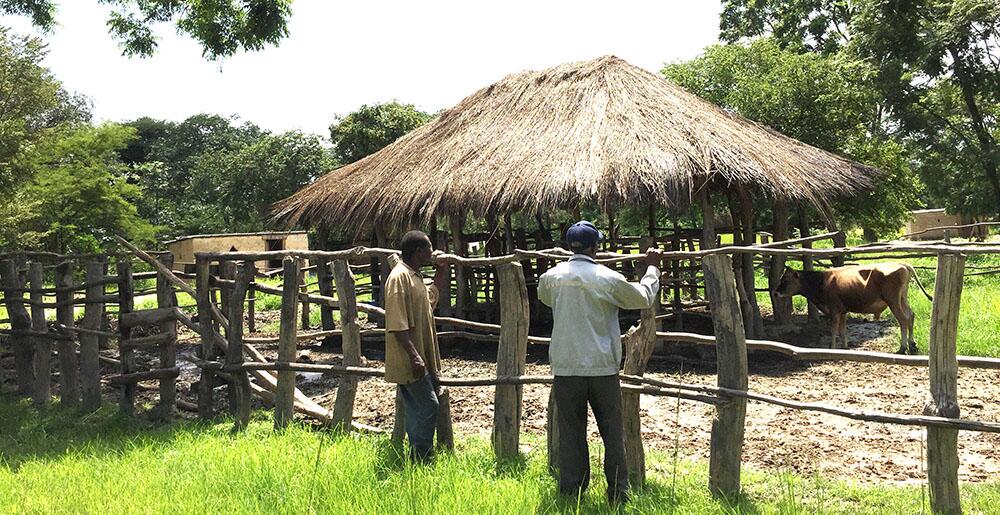Livestock transfer programs in Zambia can alleviate poverty, but the effects may not last for all households, U of I study shows

When poor households in developing countries receive assistance in the form of livestock, they experience an infusion of assets that may bring them out of poverty in the short term. But do these effects last over time, changing the households’ likelihood of being poor in the future?
The resilience of households escaping poverty is increasingly relevant as climate and economic shocks escalate in developing countries. Proper measures of longer-term resilience have been lacking, but research from University of Illinois provides new insights into both resilience measurement and the ways a development program can affect household resilience.
“We’re moving from a static assessment of poverty, which is poor vs. non-poor, to thinking about how likely people are to be poor in the future, in particular if they sustain a shock,” says Hope Michelson, assistant professor of agricultural and consumer economics at U of I, and co-author of the study.
The study, published in the Journal of Development Economics, helps provide a more nuanced and dynamic assessment of poverty, Michelson says.
For the study, the researchers followed a livestock transfer program in rural Zambia over a period of three years. They collected demographic and socioeconomic information from 284 households, interviewing each household a total of six times.
The study was part of an ongoing U of I collaboration with Heifer International in Zambia’s Copperbelt province. Heifer operates a project that provides households with livestock such as a cow or a few goats, as well as training that includes building household capacity for taking care of that livestock.
The researchers found evidence that households who participated in the program were less likely to be poor over the three-year period of the study than those who did not receive the livestock.
“The poverty rate of those households goes down in subsequent periods and the food security goes up. That’s important,” Michelson says. “But what happens in the future? Will they be able to remain non-poor or will they slide back into poverty?”
The researchers used the data to estimate the likelihood of future poverty states, and they found that some households may not be able to maintain their non-poor status.
“Estimating the effects on household resilience finds that only focusing on the immediate poverty effects might overestimate project impacts for some households; it does change [poverty status] for many households and many of the recipients achieve the resilience to remain out of poverty. But the resilience assessment identifies a small group of households with enough assets to be classified as non-poor who are unlikely to hold onto that asset stock and remain non-poor in the future,” Michelson explains.
She points out that analysis of a dataset with multiple observations collected over time provides a more realistic picture of the poverty dynamic, and it can eventually point to possible intervention strategies to increase resiliency for the households that are not doing so well.
The U of I work contributes to a more nuanced assessment of the sustainability of the effects of asset transfer programs, and provides a glimpse into the future to understand the transformative potential of such programs.
“This kind of evidence allows you to design policies that will target households and to have more realistic expectations about who’s going to benefit from these kinds of projects,” Michelson says.
The article, “Do asset transfers build household resilience?”, is published in Journal of Development Economics and is available online [doi.org/10.1016/j.jdeveco.2019.01.003]
Authors include Lokendra Phadera, formerly a doctoral student at U of I, now at the World Bank, and Hope Michelson, Alex Winter-Nelson, and Peter Goldsmith, all in the Department of Agricultural and Consumer Economics, College of Agricultural, Consumer and Environmental Sciences at University of Illinois. The research was funded by Elanco Corporation.